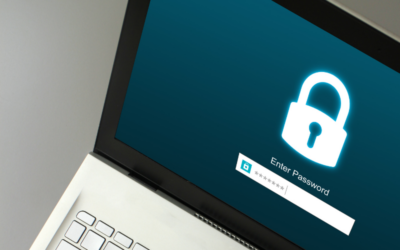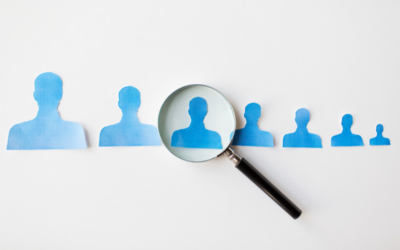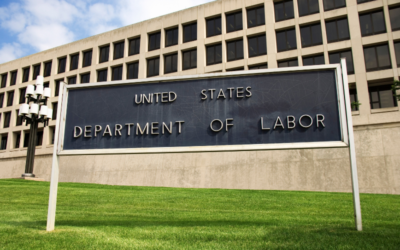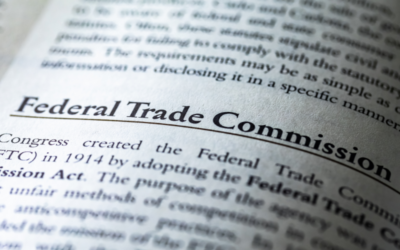Payroll has always been essential to business operations, but it wasn’t always the efficient, automated process we know today. From handwritten ledgers to cloud-based platforms, payroll has evolved significantly in response to growing business needs, legal frameworks, and technology.

Early Beginnings: The First Steps (14th – 18th Century)
Payroll’s origins trace back to the 14th century when bookkeeping began gaining traction as a business necessity. Initially, payroll was just one part of broader financial records, mainly tracking payments for goods and services. By the 16th century, the “paymaster” emerged in government and military roles to manage wages, but formal payroll systems did not yet exist.
The term “payroll” came into use in the mid-18th century, reflecting a shift towards regular, monetary payments as businesses grew more structured.
The Industrial Revolution: Structuring Payroll (19th Century)
The Industrial Revolution marked a significant turning point in payroll’s evolution. Factories, with their large workforces, demanded a structured payroll system. Timekeeping devices like punch cards became essential for tracking work hours, and businesses adopted weekly or biweekly payment schedules to manage compensation effectively.
As labor movements gained strength, advocating for fair wages and better working conditions, new wage standards and overtime regulations were introduced, further complicating payroll processes.
Legal Foundations: Payroll in the 20th Century
The 20th century was marked by major legal reforms that transformed payroll into the system we recognize today. In 1913, the introduction of the Federal Income Tax through the 16th Amendment meant businesses were now required to withhold taxes from employee wages. This added complexity to payroll, making it a key administrative function for businesses.
In 1935, President Franklin D. Roosevelt signed the Social Security Act, which created a system of payroll deductions aimed at supporting a national retirement safety net. Businesses now had to manage employee wages and social security deductions.
The Fair Labor Standards Act (FLSA) of 1938 brought federal minimum wage laws and overtime regulations into payroll. This legislation ensured fair compensation and introduced record-keeping requirements, standardizing payroll practices across industries.

Automation and Beyond (1940s – 1990s)
The post-World War II period introduced payroll automation. Early systems used punch cards and basic computers to handle wage calculations more efficiently, reducing human error. By the 1980s, personal computers made payroll software accessible to businesses of all sizes, revolutionizing how wages, taxes, and benefits were managed. This marked the beginning of payroll’s transition to the digital age.
The Digital Era: Self-Service Payroll (2000s – Present)
The early 2000s ushered in the era of cloud-based payroll. With the rise of the internet, businesses began processing payroll online, offering both employers and employees greater flexibility and access to real-time information. Employees could now receive direct deposits, view pay stubs, and manage benefits through self-service portals.
Today, modern payroll platforms integrate payroll with tax filings, benefits administration, and compliance, making payroll an integral part of business operations.

Looking Forward: The Future of Payroll
As technology continues to evolve, payroll systems will likely see further advancements in automation and artificial intelligence (AI). AI-powered tools can improve accuracy, automate compliance with complex regulations, and reduce administrative burdens, allowing businesses to focus on growth.
Payroll, once a manual task handled with ledgers and paymasters, has transformed into a critical business function driven by advanced technology. Looking ahead, continued innovations will ensure payroll systems remain efficient, compliant, and responsive to the needs of both businesses and employees.
At HRDelivered, we understand the evolving complexities of payroll and are committed to providing businesses with seamless, compliant, and innovative solutions. From traditional processes to cutting-edge technology, HRDelivered ensures your payroll runs smoothly, so you can focus on growing your business.





















